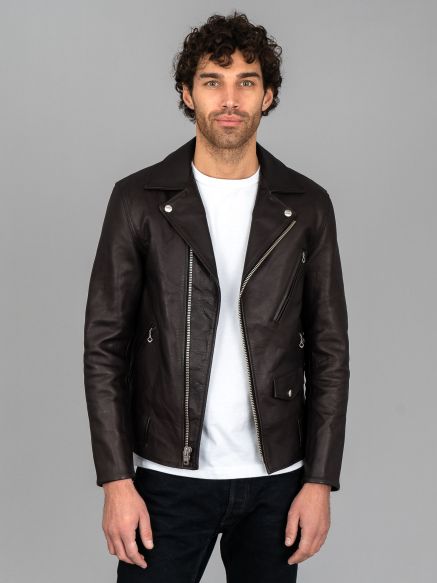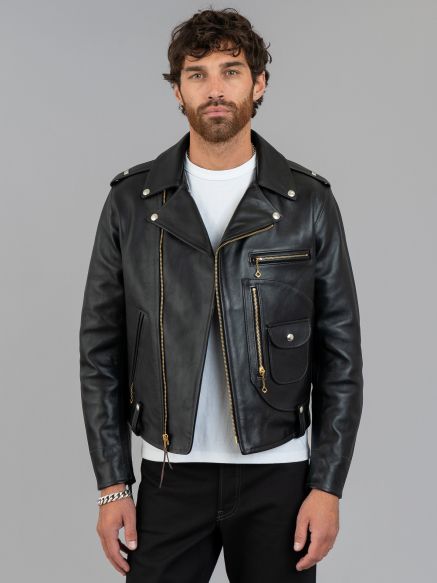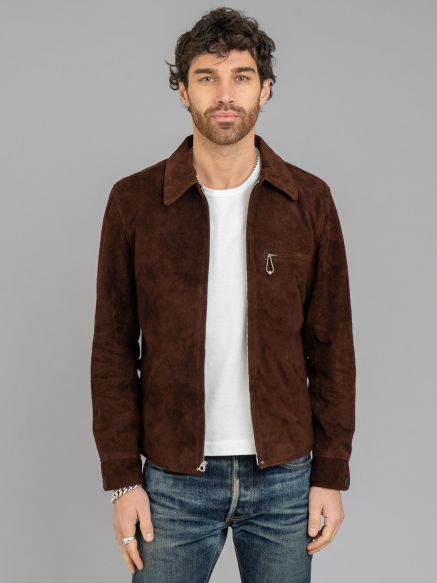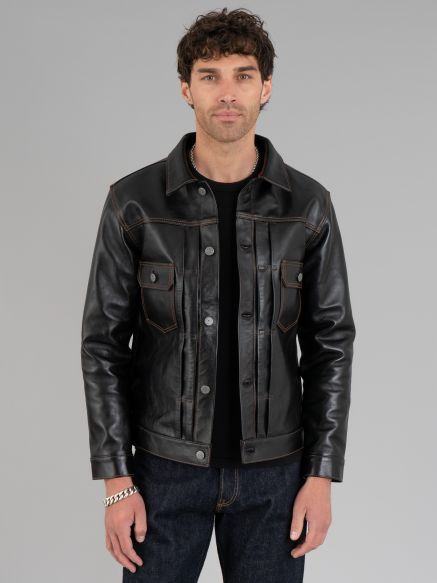
We’re here to help you get to the core of vegetable-tanned, teacore leathers.
What is teacore leather?
Teacore leather refers to a hide specially dyed with organic tannins. This process achieves an earthy brown foundation with a deep black surface. In fact, the word “teacore” derives from the Japanese “茶芯” or “cha shin”. This translation is a direct reference to the brownish, tea-like hues that lie at the leather’s core.
Teacore tanning is a slow and hands-on example of vegetable tanning. The tanning process calls on the natural tannins of tree bark, leaves, and plant roots to impart a nuanced and multilayered finish. This approach creates an exquisite leather with earthy, tobacco-brown tones hidden under layers of natural black. As the leather ages, those darker top coats fleck, flicker, and fade to reveal the subtle earth notes beneath.
It’s a beautifully rare process to behold—one reserved for the most premium leather products. More than just a buzzword, “teacore” taps into Japan’s profound relationship with “wabi-sabi”. This type of leather is a true celebration of impermanence and subdued, austere beauty.
How to identify teacore leather
The tanning process associated with teacore leather creates a distinct material. Look for an exquisite leather with earthy, tobacco-brown tones hidden under layers of natural black. As the leather ages, those darker top coats fleck, flicker, and fade to reveal the subtle earth notes beneath.
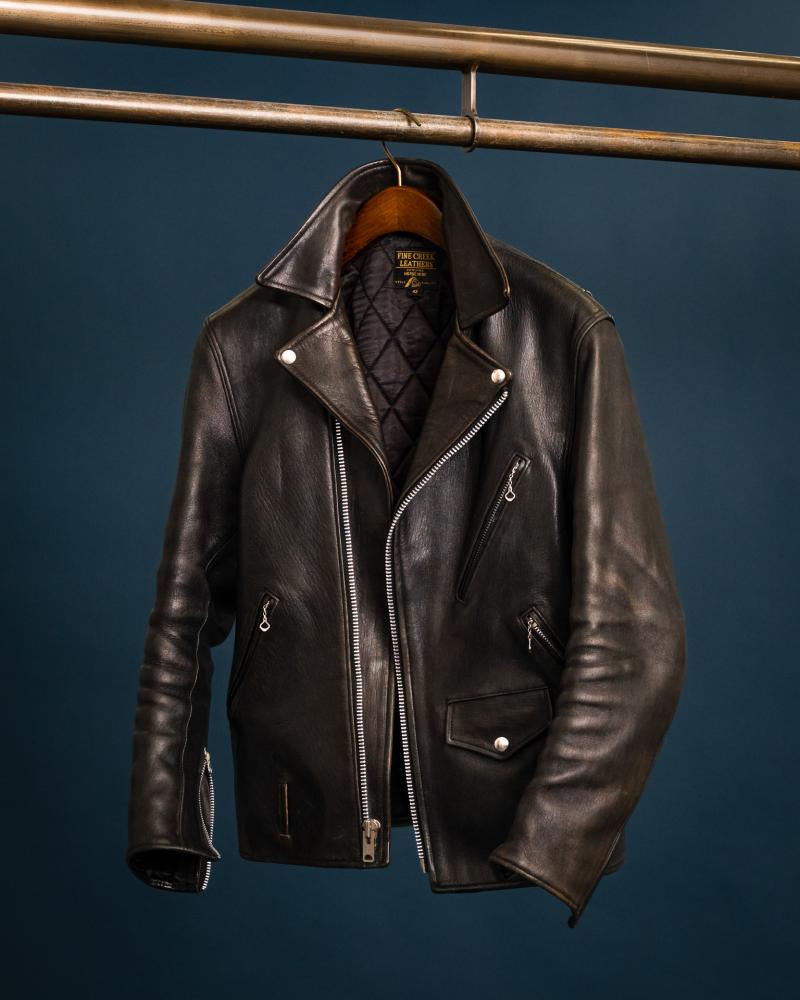

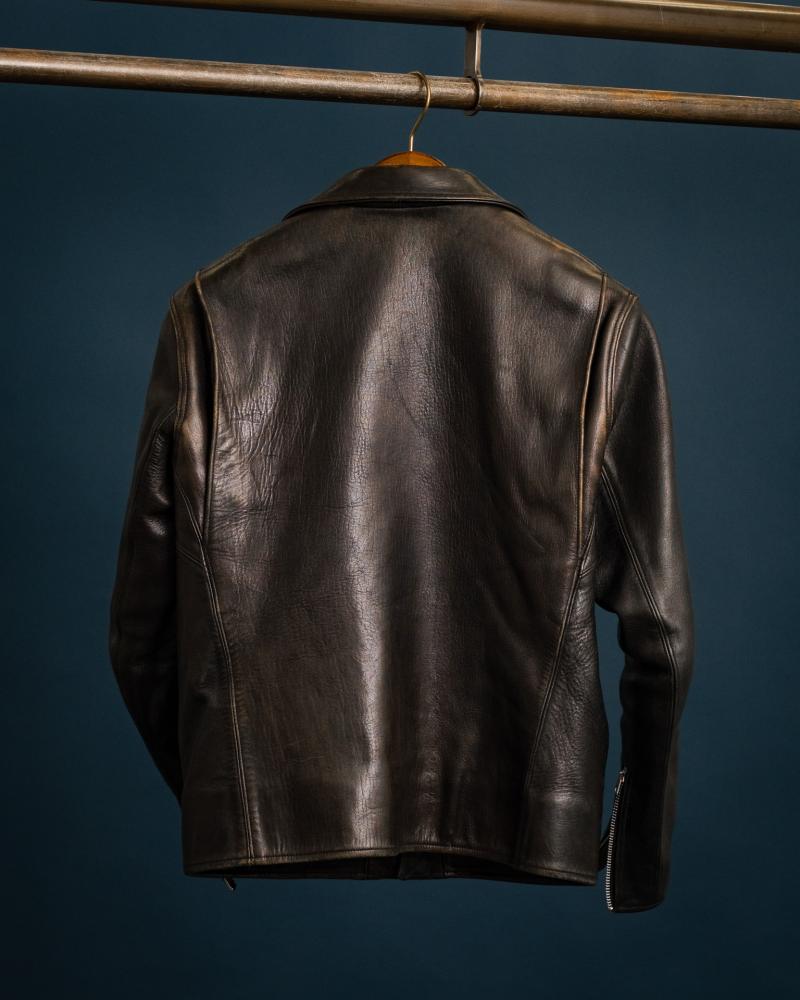

What’s so special about teacore tanning?
The benefits of teacore leather are aesthetic, environmental, and ethical.
The aesthetic appeal of teacore leather
From an aesthetic standpoint, teacore leather replicates the nuanced, character widely admired in vintage jackets. This level of uniqueness is rare in modern making, as cheaper synthetic tanning methods produce uniform and less characterful leathers.
Above all, teacore leather is valued for its ability to tell a story over time. Every scratch, fade, and teacore leather patina tells a story of the wearer’s journey. Whether etched into a leather jacket, boots, or a wallet, teacore tells a unique tale of an individual and their lived experience.
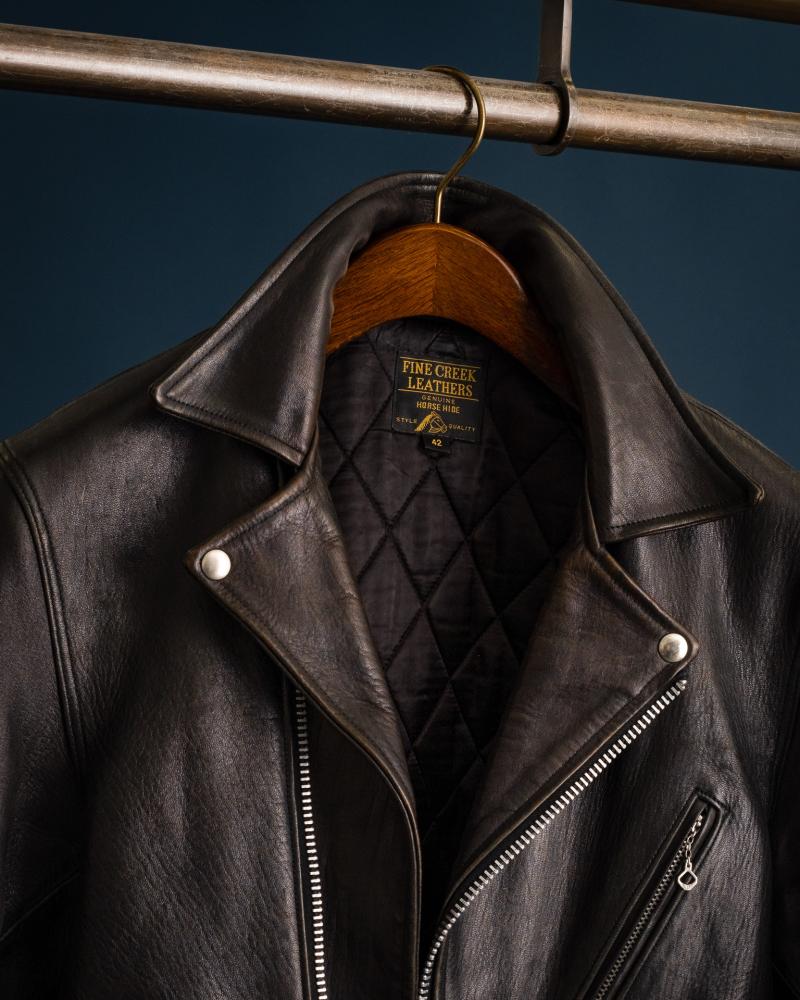

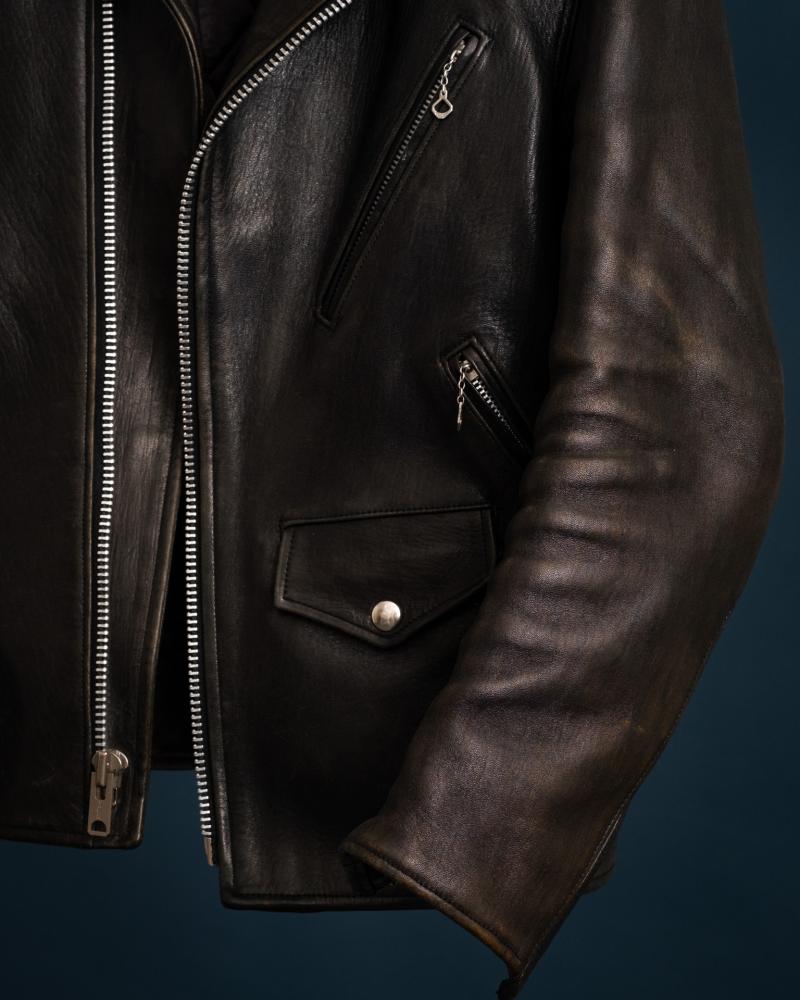

The sustainability of teacore leather
From an environmental perspective, teacore tanning has the benefit of being an all-natural process. The process is low-impact and organic, harnessing the natural pigments of tree bark to colour and strengthen hides. The process produces zero toxic waste, relies on no heavy metals, and its tannins are entirely biodegradable.
The craftmanship of teacore leather
Unlike the set-it-and-forget-it automation of mass industrial manufacturing, vegetable tanning is a highly specialised craft. It’s a slower, lower-yield process typically carried out by expert hands in atelier-scale workshops. These skilled craftsmen are fairly compensated for their knowledge, expertise, and dedication to producing superior leather.
In short, teacore stands as a barometer of quality leather craftsmanship. This quality material speaks to a more thoughtful and ethical approach to making. Producing teacore leather is a more expensive process, sure. However, the result is a strong, durable, heirloom leather that will age beautifully and remain unique to the wearer.
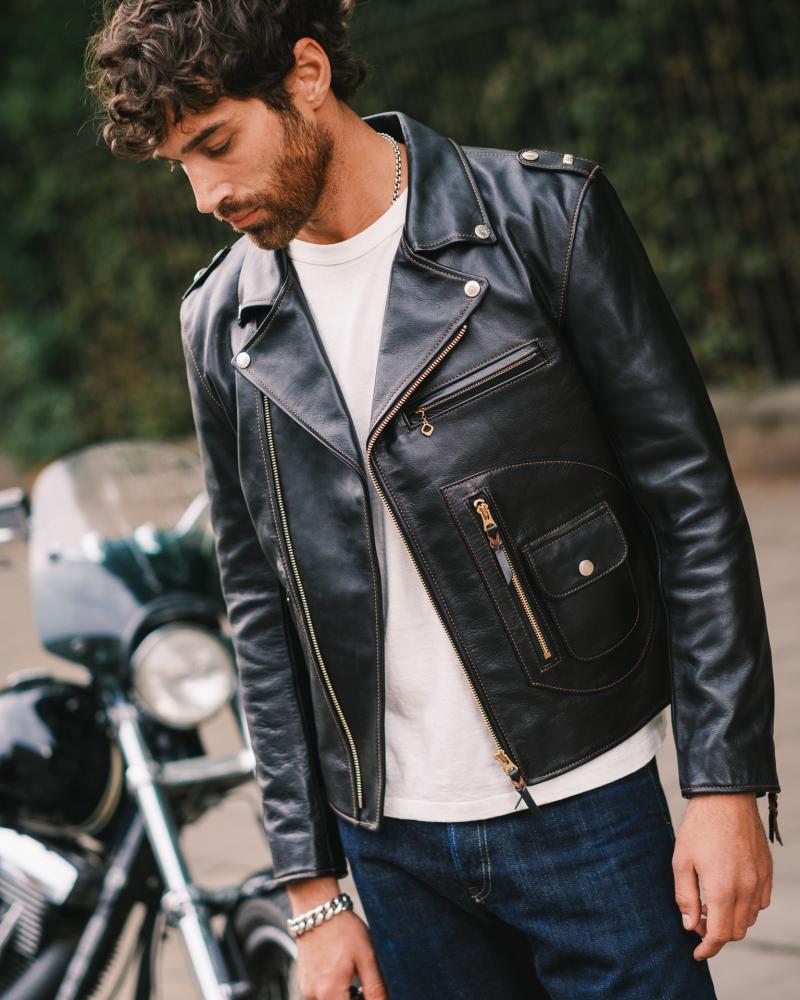

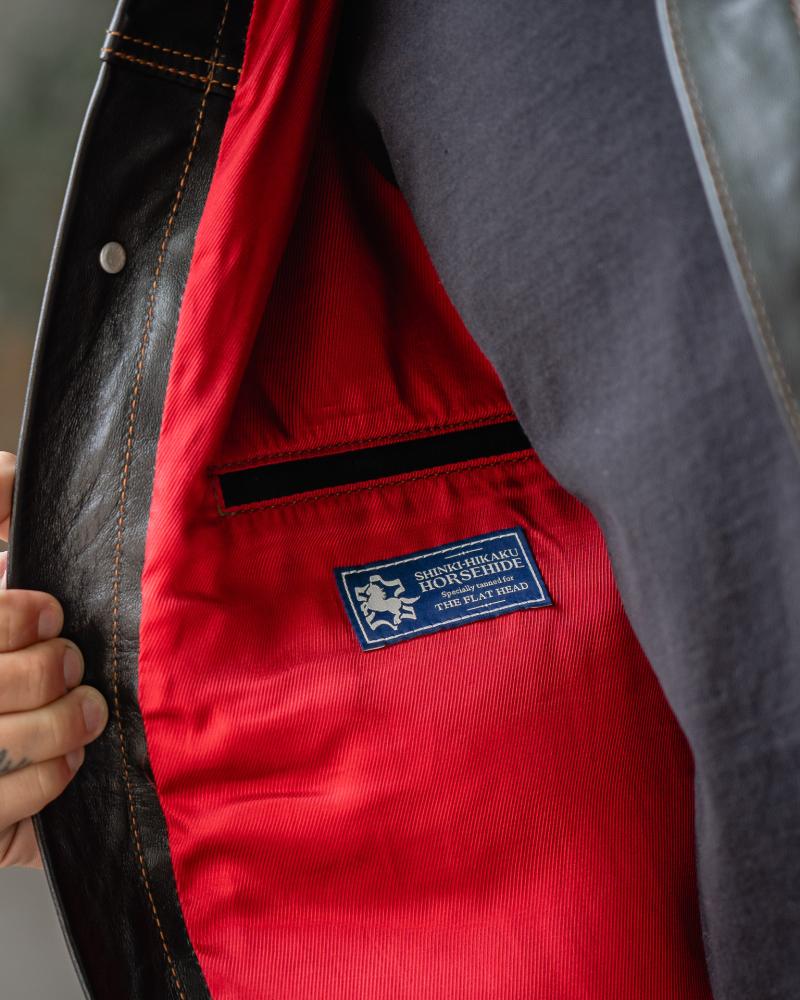



What is the process behind teacore tanning?
Teacore tanning is a specialised form of vegetable tanning. Today, vegetable tanning accounts for just 10% of leather treatments. This approach is an expensive and time-consuming process, using natural vegetable tannins to preserve, strengthen, and pigment a hide. Ultimately this process will help transform a hide into prized leather.
The tannins are derived from natural sources such as leaves, roots, and tree bark. Trees like birch, catechu, chestnut, mimosa, oak, and willow all play their part. The precise combinations and ratios of these ingredients are closely guarded secrets, unique to the tanneries mixing them.
These in-house recipes are often passed down through generations, refined only by master tanners. These experts in their craft possess an almost innate, intuitive understanding of how their blends interact with specific hides. Much like the master whisky distillers, a master tanner is uniquely versed in the delicate balance of tannins and their effects on the type of leather they aim to produce.
This is a deeply human-forward process that occurs over the course of months, not days. The hides are bathed in tannins and carefully, periodically rolled in drums. The process that cannot be entrusted to automation. Instead, teacore leather relies on the deft hands and trained eyes of artisans who have dedicated decades to their art.


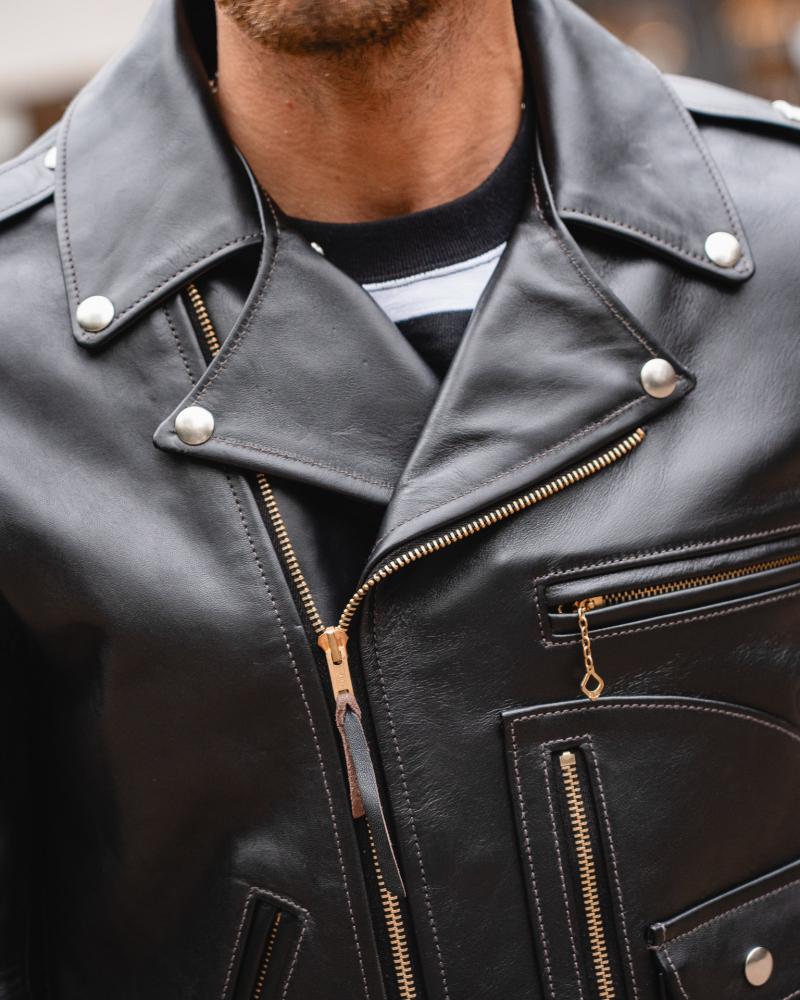

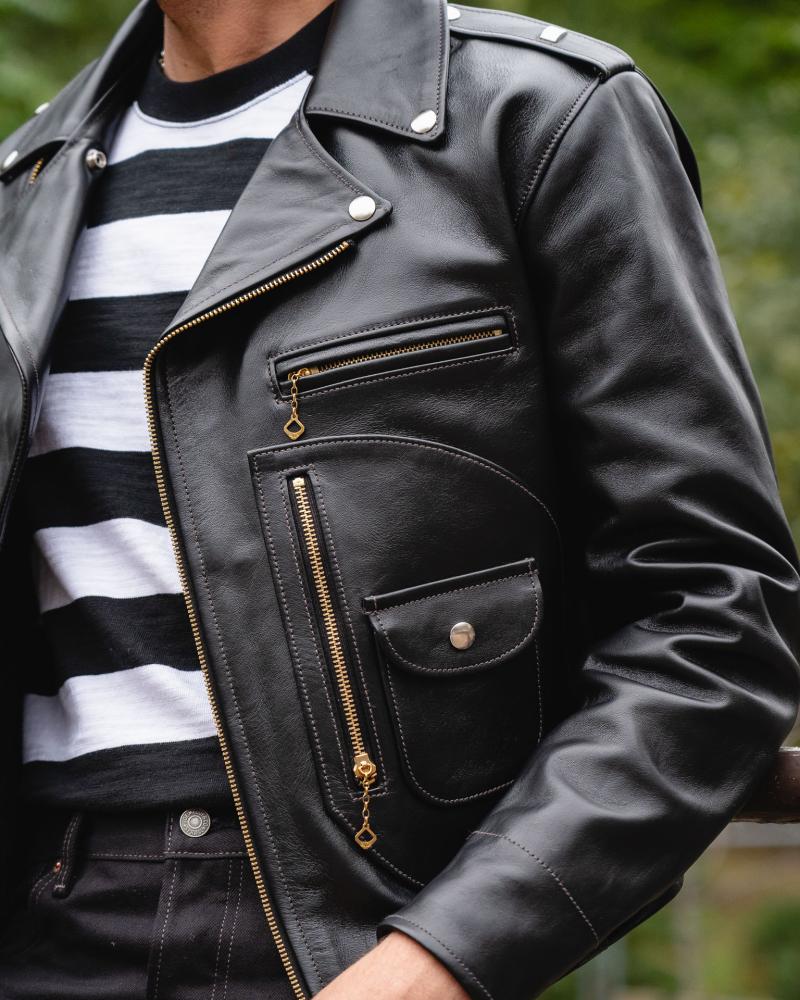

What teacore vegetable-tanned leather jackets are available at Rivet & Hide?
Rivet & Hide is home to a curated selection of brands that proudly produce teacore leather jackets. Each brand celebrates the tradition of teacore dyeing differently including:
- The Flat Head: Modern interpretations of classic Americana styles
- Fine Creek Leathers: Quick-ageing hides for a more immediate patina
- The Real McCoy’s: Precision-crafted, historically accurate designs.
The majority are made from start to finish by a single set of hands. Each teacore leather jacket offers a variety of patterns, historical references, and paths of evolution.
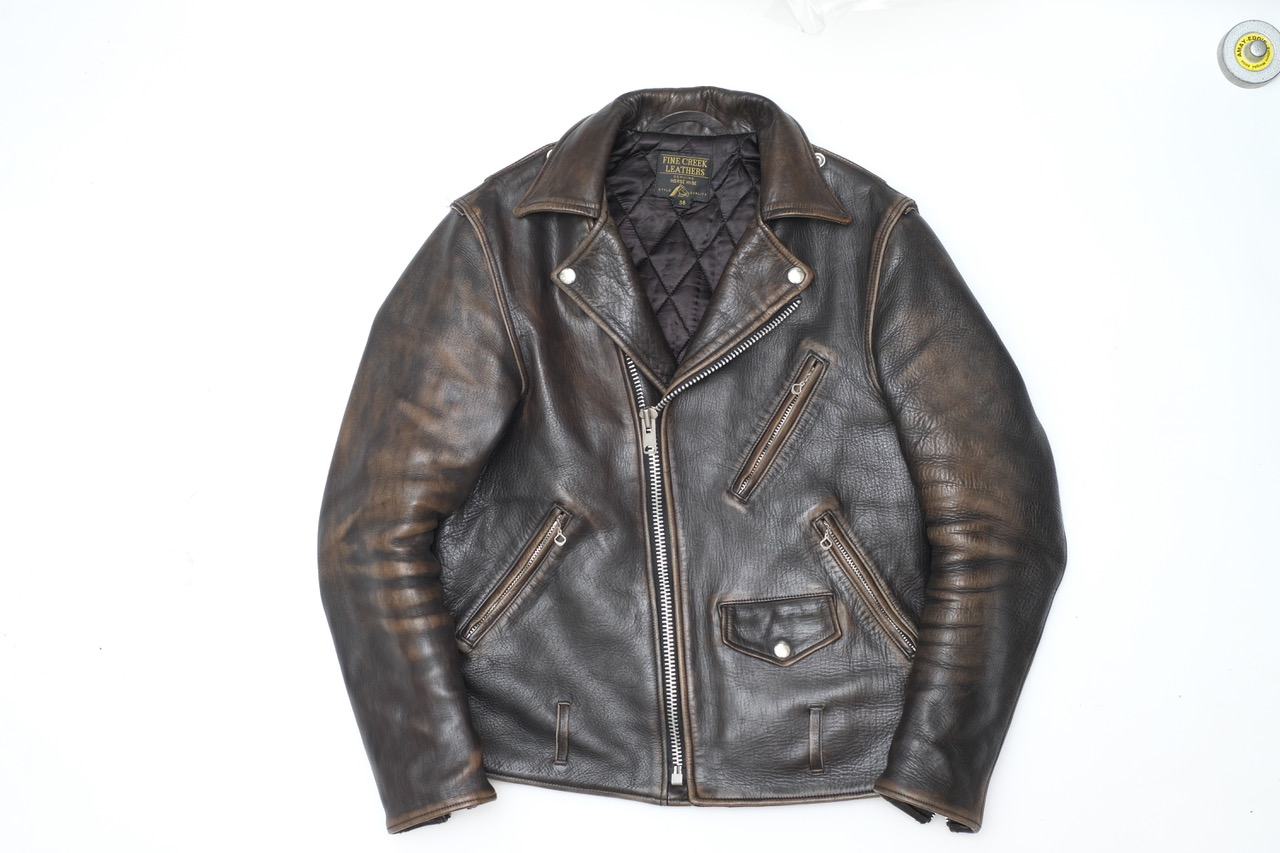

Teacore leather: Frequently asked questions
How to care for teacore leather
To keep your teacore leather looking its best, clean it regularly with a soft cloth to remove dirt and dust. Avoid soaking any leather products in water, as moisture can damage the leather.
If your jacket gets wet, let it air dry naturally, away from direct heat. Use a leather conditioner or wax sparingly to maintain its suppleness and enhance its patina.
Over time, your teacore leather will develop unique marks and fading that tells a unique story.
Can teacore leather be repaired if it gets damaged?
Yes, teacore leather can often be restored if it’s properly cared for. Small scratches can be fixed or blended into the leather’s natural aging process. However, for more significant damage, use a leather conditioner or take it to a professional.
How long does it take for a teacore patina to develop?
The patina on teacore leather begins to show after a few months of use. However, it can take years for the leather to fully develop its unique, aged appearance. The more the leather is worn and exposed to the environment, the more distinct and deep the patina becomes.


